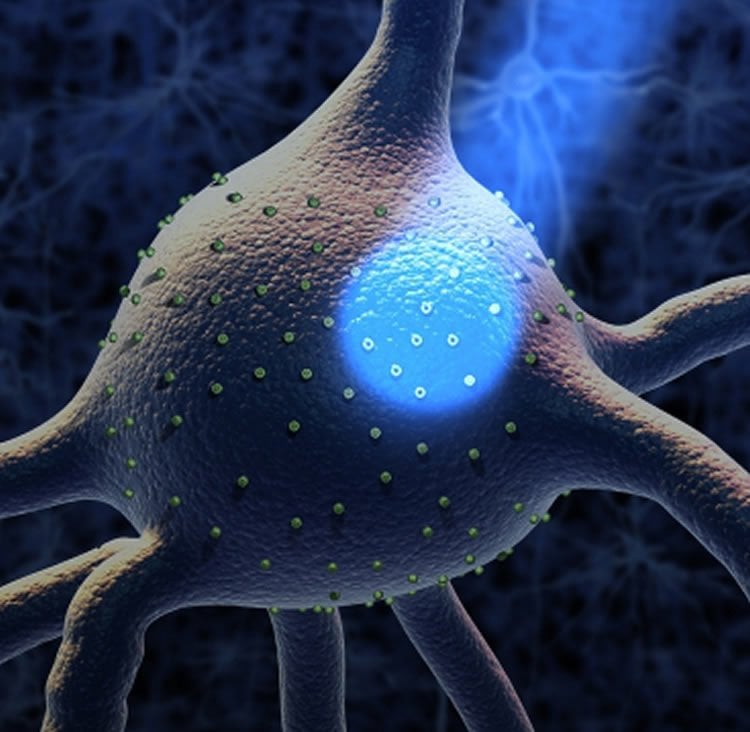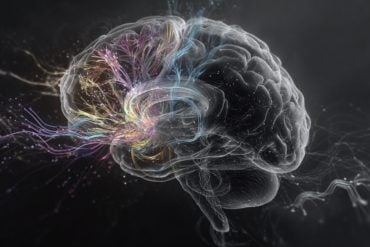New Zealand scientists have achieved another milestone in their world-leading efforts to understand the neural mechanisms underlying the brain’s master control of fertility.
Researchers at the University of Otago Centre for Neuroendocrinology have published the first direct evidence that it is kisspeptin* neurons working in synchrony that generate the small, episodic hormone pulses that are crucial to normal reproductive functioning in humans and other mammals.
The findings are published this week in the prestigious journal Proceedings of the National Academy of Sciences (PNAS).
Professor Allan Herbison, who led the study, says that episodic pulses of gonadotropin-releasing hormone (GnRH) to the pituitary gland have long been known to be essential to maintain fertility.
“These episodic pulses–which occur roughly every hour or so–prompt the pituitary to release two key hormones (LH and FSH) into the bloodstream also in a pulsatile manner.
“Many types of infertility result from disorders of pulsatile hormone release, ranging from problems at puberty through to the inability to conceive. For example, a very common cause of infertility in women, polycystic ovarian syndrome, is caused when pulses occur too fast,” Professor Herbison says.
He says a key unresolved question has been what the underlying mechanism is that generates the GnRH pulses.
“Is it solely the GnRH neurons generating the pulse, or other activity in the wider network of neurons governing fertility?”
Studying mice, the research team sought to answer this question by using state-of-the-art optogenetic techniques to selectively activate kisspeptin neurons in a particular part of the brain’s hypothalamus.
After measuring blood samples they found that activating this small population of kisspeptin neurons was remarkably potent at generating pulses of LH secretion.

When the researchers activated the kisspeptin neurons in mice lacking kisspeptin receptors on their GnRH neurons, no LH pulses were generated.
“These findings represent an important insight that will inform future efforts to develop new fertility treatments aimed at producing more or fewer GnRH pulses, depending on the problem,” he says.
It is thought that up to one-third of all cases of infertility in women involve disorders in the area of brain circuitry that Professor Herbison and his team are studying.
*Kisspeptin was originally named after the Hershey Kiss chocolate by US researchers based in Hershey, Pennsylvania. At the time they had no idea that it had a role in fertility.
Funding: The research was supported by grants from the Health Research Council of New Zealand and the Royal Society’s Marsden Fund.
Source: Allan Herbison – University of Otago
Image Source: The image is credited to McGovern Institute for Brain Research and Sputnik Animation, and was adapted from a previous MIT new release
Original Research: The study will be published in PNAS during the week of October 5 2015.






